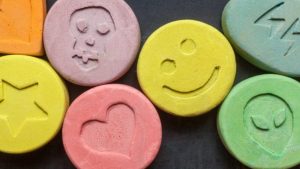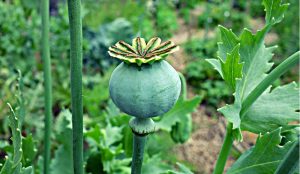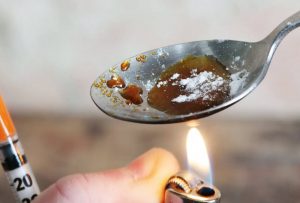Crack cocaine is a free base form of cocaine. It can be smoked and will then provide a short, intense high. While cocaine hydrochloride (powdered cocaine) has a melting point of 190 °C (374 °F), crack cocaine vaporizes at around 90 °C (194 °F).
While powdered cocaine has attained a glamorous image associated with the wealthy, famous and powerful, crack cocaine first saw widespread use in impoverished urban neighbourhoods in major U.S. cities and has largely retained this association with poverty in the public eye.
Research indicates that smoking crack cocaine comes with additional health risks compared to snorting powdered cocaine and that many of those additional health risks are connected to the release of methylecgonidine. Methylecgonidine is a pyrolysis product that forms when crack cocaine is smoked, and it is more harmful to the body than the other byproducts of cocaine. The toxicity of methylecgonidine is due to its partial agonist effect at the M1 and M3 muscarinic receptors, which are found in many different parts of the human body. Methylecgonidine causes DNA fragmentation and neuronal death, and is known to damage vital organs such as the heart, the liver and the lungs.
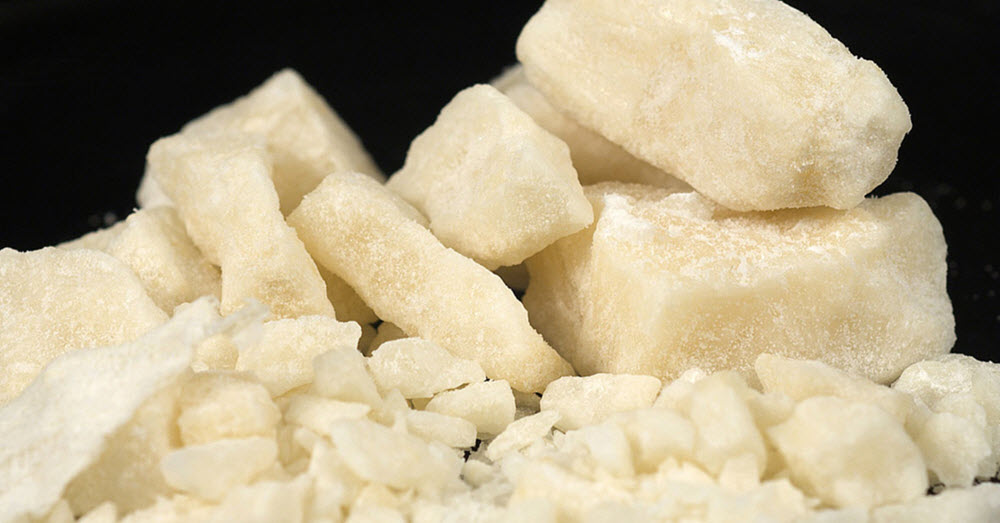
Desired and undesired effects
When smoked, crack cocaine will cause the release of a huge amount of dopamine in the brain, and this flood of dopamine causes euphoria, increased confidence, increased energy and increased alertness. This initial effect will usually only last for 5-10 minutes. Afterwards, the dopamine level in the brain drops, causing the user to feel tired and listless.
Examples of adverse effects
- Constricted blood vessels
- Dilated pupils
- Increased body temperature
- Increased heart rate
- Increased blood pressure
- Cardiac arrest
- Seizures
- Seizures followed by respiratory arrest
- ”Crack lung”, where the user develops acute respiratory symptoms in the 48-hour period after use. Crack lung can involve problems such as difficulty breathing, coughing up blood, pumonary edema, interstitial pneumonia, alveolar bleeding, and eosinophil infiltration.
- Just like amphetamines and powdered cocaine, crack cocaine can cause delusional parasitosis, a condition where the user becomes convinced that their skin is infested with parasites. This is colloquially known as ”coke bugs”.
- Paranoia
- Psychosis
Smoking crack cocaine
When smoked, crack cocaine is very quickly absorbed into the bloodstream and will typically reach the brain in less than ten seconds.
Intravenous injection
Crack cocaine is sometimes injected intravenously. While powdered cocaine can be dissolved in water to form an injectable liquid, this is not possible for crack cocaine. Instead, the crack cocaine must be dissolved in an acidic solution, such as white vinegar or lime fruit juice. When it is dissolved in an acidic solution, it goes back to being cocaine hydrochloride and the impact of injecting crack cocaine is therefore similar to the effects of injecting powdered cocaine dissolved in water.
Nicknames for crack cocaine
- Crack
- Stones
- Rock
- Roca
- Rox
- Roxanne
- Pebbles
- Gravel
- Grit
- Hail
- Sleet
- Snowballs
- Crunch and munch
- Atari
- Tweak
- Base
- Casper the ghost
Turning powder cocaine into crack cocaine
A weak base, such as common baking soda (sodium bicarbonate), is required when powder cocaine is turned into crack cocaine. Two other examples of weak bases that will work are ammonium bicarbonate and ammonium carbonate.
Net reaction with sodium bicarbonate:
- Coc-H+Cl− + NaHCO3 → Coc + H2O + CO2 + NaCl
Net reaction with ammonium bicarbonate:
- Coc-H+Cl− + NH4HCO3 → Coc + NH4Cl + CO2 + H2O
Net reaction with ammonium carbonate:
- 2(Coc-H+Cl−) + (NH4)2CO3 → 2 Coc + 2 NH4Cl + CO2 + H2O
The powder cocaine is mixed with water and the weak base, and heated up. The weak base reacts with the hydrochloride in the powder cocaine, forming free base cocaine + carbonic acid. The heat accelerates the degradation of the carbonic acid into carbon dioxide and water.
The free base cocaine can now be seen as an oily layer on top of the liquid. This oily substance is pulled up and left to dry. When dry, it can be rolled into ”rocks”.
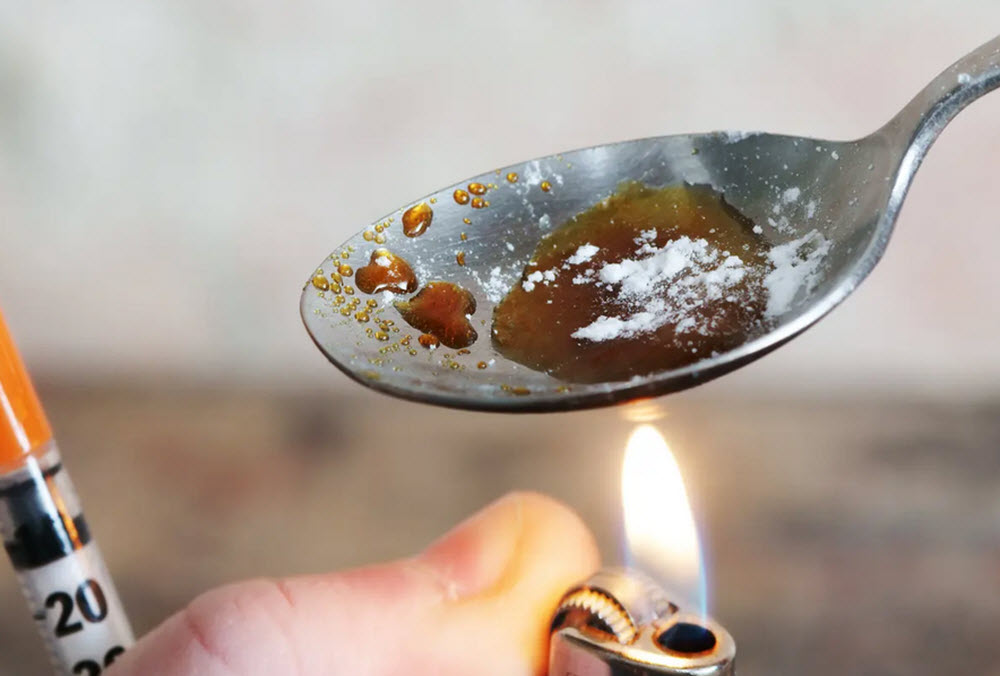
History
In the early 1980s, a majority of the cocaine that entered the United States was sent from Colombia to Miami via the Bahamas and the Dominican Republic. The huge amounts of powdered cocaine entering Bahamas and the Dominican Republic caused a local price drop in both countries, which harmed the business model of local cocaine dealers catering to the local markets. In an effort to boost profits and provide a more desirable product, some dealers began converting powdered cocaine into its free base form – a form that could be smoked and would provide an intense and immediate high. This free base form became known as crack cocaine. It was fairly easy to produce with locally available resources, ready to use and could be sold in small single-dose quantities.
As early as 1981, crack cocaine had reached the United States and was sold in places such as Miami, Los Angeles, Oakland, San Diego, Houston, and New York City. In these early days, it actually had a higher purity than the powdered cocaine products available from your average U.S. street dealer.
Data from 1984 show that powdered cocaine with an average purity of 55% would cost around $100 per gram on the street in major U.S. cities. At the same time, crack cocaine with an average purity of more than 80% could be purchased for the same price. In some places, it had become possible to buy a single-dose of crack cocaine for as little as $2.50 and this did, of course, help boost its popularity and also deepen its association with poverty.

